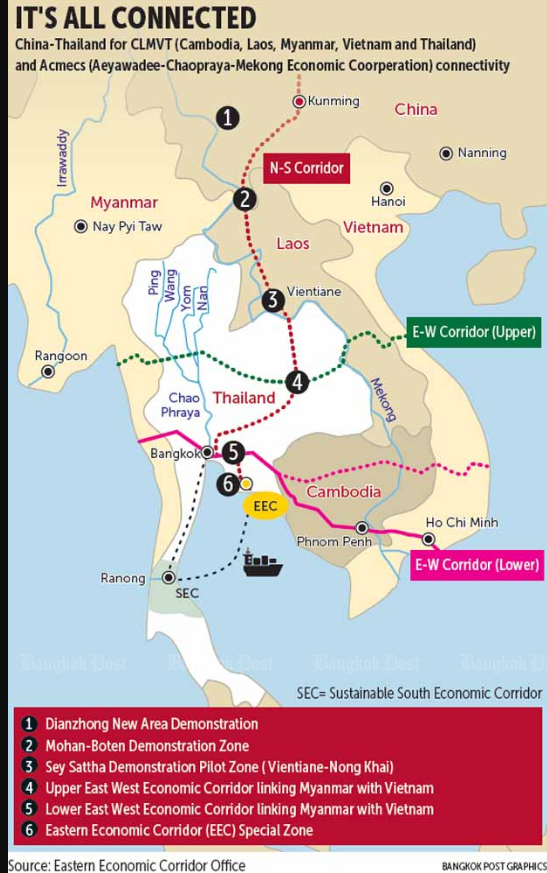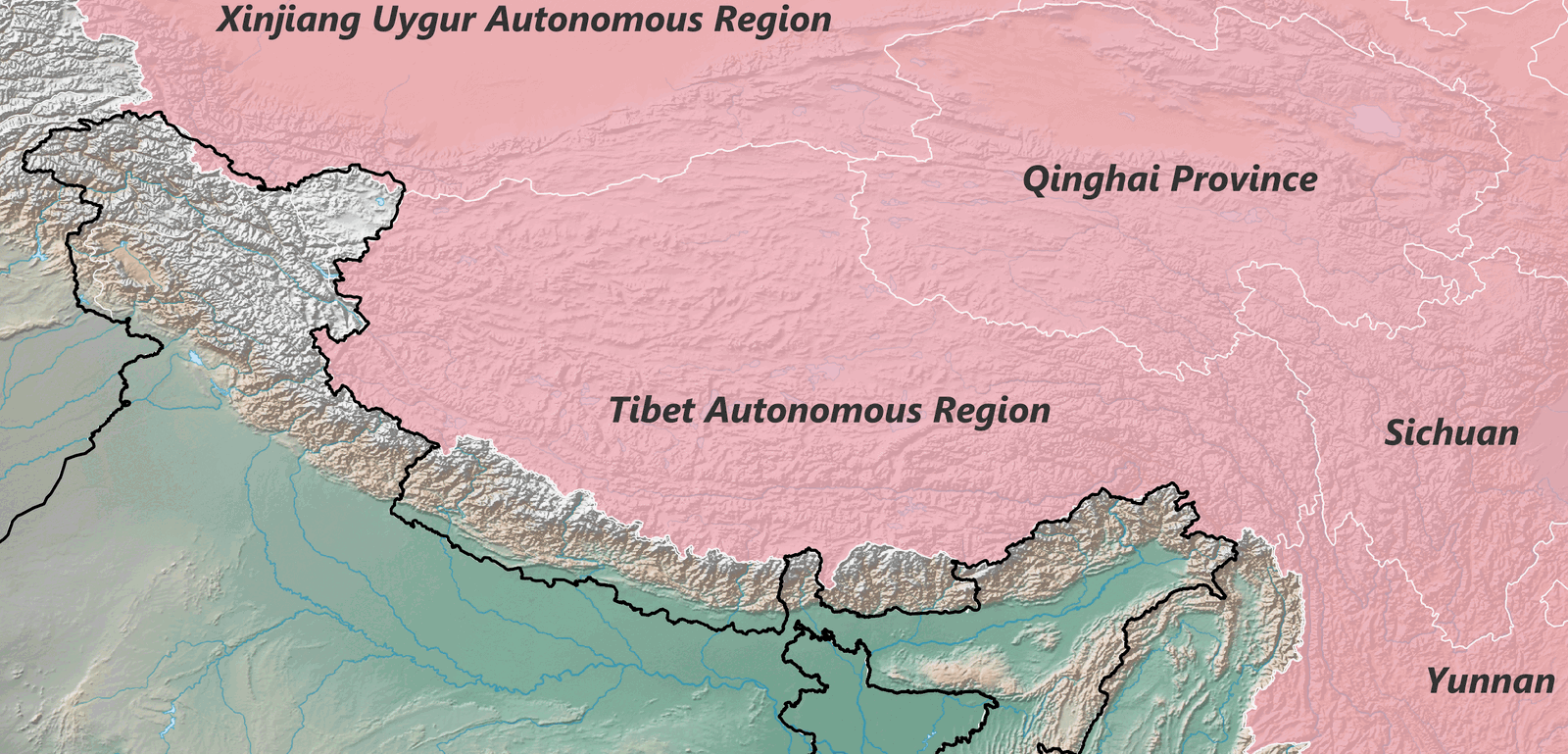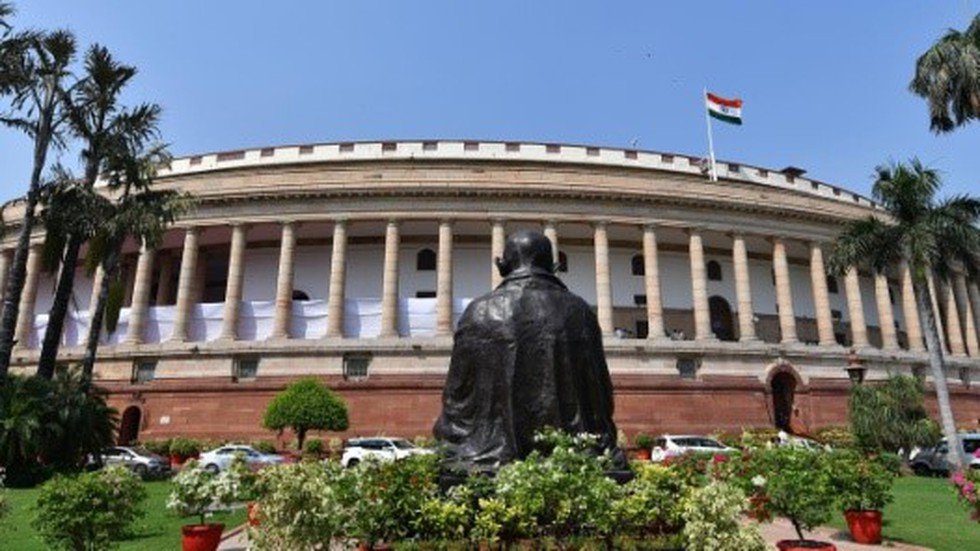
China – Taiwan Conflict
Subscribers of "Current Affairs" course can Download Daily Current Affairs in PDF/DOC
Subscribe to Never Miss an Important Update! Assured Discounts on New Products!
Must Join PMF IAS Telegram Channel & PMF IAS History Telegram Channel
- Context (IE): The China- Taiwan conflict is a constant theme in international geopolitics.
Republic of China (RoC): Taiwan
- Taiwan (old name: Formosa) is a tiny island off the east coast of China.
- Chinese republicans of the Kuomintang government retreated to Taiwan after the 1949 victory of the communists.

Evolution of Conflict
- On October 10, 1911 (“Double 10”, National Day of Taiwan”), sections of the Manchu army rose in rebellion, overthrowing the Qing dynasty and ending the monarchy.
- On December 29, 1911, the RoC was founded under the leadership of the Kuomintang (KMT) Party.
- Actions against the Chinese communists, who were part of an alliance with the KMT, triggered the civil war that ended in victory for the communists and the retreat of the KMT to Taiwan.
- Since its founding in 1949, the People’s Republic of China (PRC) has maintained that Taiwan must be reunified with the mainland, while the RoC has held out as an “independent” country.
- RoC was the only ‘China’ recognised at the UN until 1971.
- The US inaugurated ties with the PRC through the secret diplomacy of Henry Kissinger, national security adviser to President Richard Nixon.
- The offer of the “One China, Two Systems” solution was declined by the Taiwanese in 1999.
- The 2016 election of President Tsai marked the onset of a sharp pro-independence phase in Taiwan, and the current tensions with China coincided with her re-election in 2020.
- Military exercises and efforts by China to increase control over Taiwan are continued features.
One China Principle and One China Policy
- One China Principle: Taiwan is an inalienable part of China, with its sole legitimate government in Beijing. The PRC follows the One China Principle.
- One China Policy: PRC was and is the only China that does not recognise the Republic of China (ROC, Taiwan) as a separate sovereign entity.
US’s Stand
- The US acknowledges this position but not necessarily its validity.
- The US instead follows the One China Policy. At the same time, the US refuses to give in to the PRC’s demands to recognise Chinese sovereignty over Taiwan.
- This stand of the US is referred to as strategic ambiguity w.r.t to Taiwan.
- US Congress approved the Taiwan Relations Act, allowing informal relations between the US and Taiwan and US arms sales to the island.
- The US has maintained close ties with Taiwan with the assurance of defensive arms to counter any coercion from China.
India’s Stand
- India has followed the one-China policy since 1949, indicating it does not recognise any government other than the PRC in Beijing.
- India only conducts trade and cultural ties with Taiwan.
- India seeks to avoid controversy on a sensitive issue
- India maintained a “studied silence” on the unfolding situation, omitting any mention.





![PMF IAS Environment for UPSC 2022-23 [paperback] PMF IAS [Nov 30, 2021]…](https://pmfias.b-cdn.net/wp-content/uploads/2024/04/pmfiasenvironmentforupsc2022-23paperbackpmfiasnov302021.jpg)











